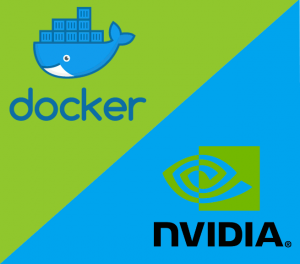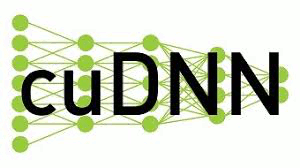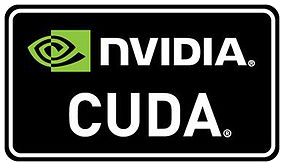 In the previous posts, we have gone through the installation processes for deep learning infrastructure, such as Docker, nvidia-docker, CUDA Toolkit and cuDNN. With the infrastructure setup, we may conveniently start delving into deep learning: building, training, and validating deep neural network models, and applying the models into a certain problem domain. Translating deep learning primitives into low level bytecode execution can be an enormous task, especially for practitioners without interests in the deep learning calculus. Fortunately, there are several deep learning frameworks that provide the high level programming interface to assist in performing deep learning tasks.
In the previous posts, we have gone through the installation processes for deep learning infrastructure, such as Docker, nvidia-docker, CUDA Toolkit and cuDNN. With the infrastructure setup, we may conveniently start delving into deep learning: building, training, and validating deep neural network models, and applying the models into a certain problem domain. Translating deep learning primitives into low level bytecode execution can be an enormous task, especially for practitioners without interests in the deep learning calculus. Fortunately, there are several deep learning frameworks that provide the high level programming interface to assist in performing deep learning tasks.
In this post, we will go through the installation of Caffe2, one of the major deep learning frameworks. Caffe2 is adopted from Caffe, a deep learning framework developed by the Barkeley Vision and Learning Center (BVLC) of UC Berkeley. Caffe2 was started with the aim to improve Caffe especially to better support large-scale distributed model training, mobile deployment, reduced precision computation, new hardware, and flexibility of porting to multiple platforms. Continue reading


